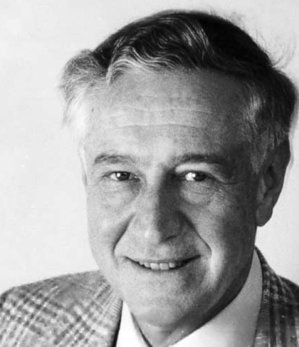ACADEMIA
Clever timing makes computers produce less heat, even below Landauer's limit
Computer systems produce a lot of heat: data centers are full of buzzing cooling fans and even our smartphone can heat up quite a lot when it is working hard. Reducing the energy consumption is one of the main challenges in information technology. But there is a theoretical lower limit to this, already stated by Rolf Landauer in the 60’s of the past century. This is a temperature-dependent lower limit. Jan Klaers of University of Twente's MESA+ Institute now shows that by cleverly timing the interaction of heat and logical operations, it is possible to go even below this limit. This new theory, presented in Physical Review Letters, may lead to energy efficient electronics.
Long before the large-scale introduction of computer systems, in 1961, Rolf Landauer (1927-1999) published his famous article about the minimum amount of energy needed to erase one bit of information, that is from the ‘1’ state to the ‘0’ state. This minimum amount of energy, according to ‘Landauers erasure principe’ is temperature-dependent, it connects the laws of thermodynamics and information theory. Many years later, in 2012, experiments published in Nature, confirmed the principle. For the current generation of computers, this lower limit doesn’t come into reach right now. Typical energy consumption of a logical operation is still about 1,000 times higher, but this will certainly change in the coming decades. Will computing then reach a fundamental limit? In his paper, Jan Klaers proposes a way of reducing energy cost, by synchronizing computer operation and temperature in a smart way. In this way, it will be possible to lower the energy needed for erasure, even below the Landauer limit. {module In-article}

OPERATING WHEN COLD
Looking at the many logical operations that take place in a computer, the temperature profile is complex. If one bit changes state at a certain logical gate, the temperature change will be ‘felt’ in the surrounding gates as well. Although complex, the temperature and energy consumption have the same rhythm as the clock of the microprocessor. These are called ‘squeezed thermal states’, they can be observed in computer operation. This means that at certain times, the temperature and energy costs are lower for the same operations. Synchronizing the logical operations with these moments – operating it on a temperature that is effectively colder – will lead to energy consumption lower than the Landauer limit.
For this, Klaers analyzed a minimalist mechanical model resembling the one Landauer used for his theory, representing a one-bit memory. These are the fundamental basics: further research will have to show what results can be achieved in actual computer systems.
Dr. Jan Klaers is a researcher of the Complex Photonic Systems group, part of UT’s MESA+ Institute. Within the group, he started his own research direction in the field of Experimental Quantum Thermodynamics.
The paper ‘Landauer’s erasure principle in a squeezed thermal memory’, by Jan Klaers, is published on 28 January in Physical Review Letters. The paper has been highlighted in an article on the 'Physics' web page of the American Physical Society.
